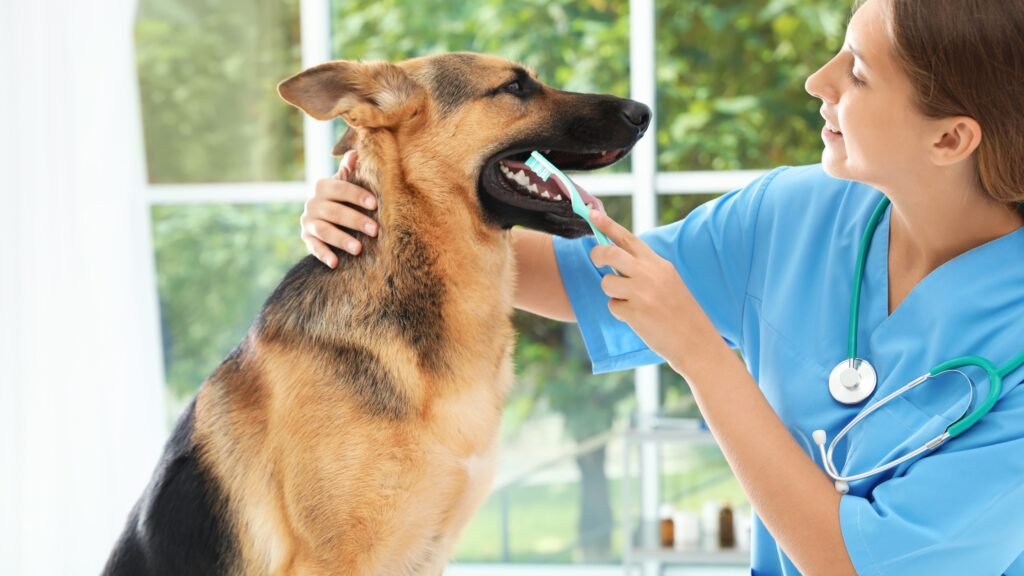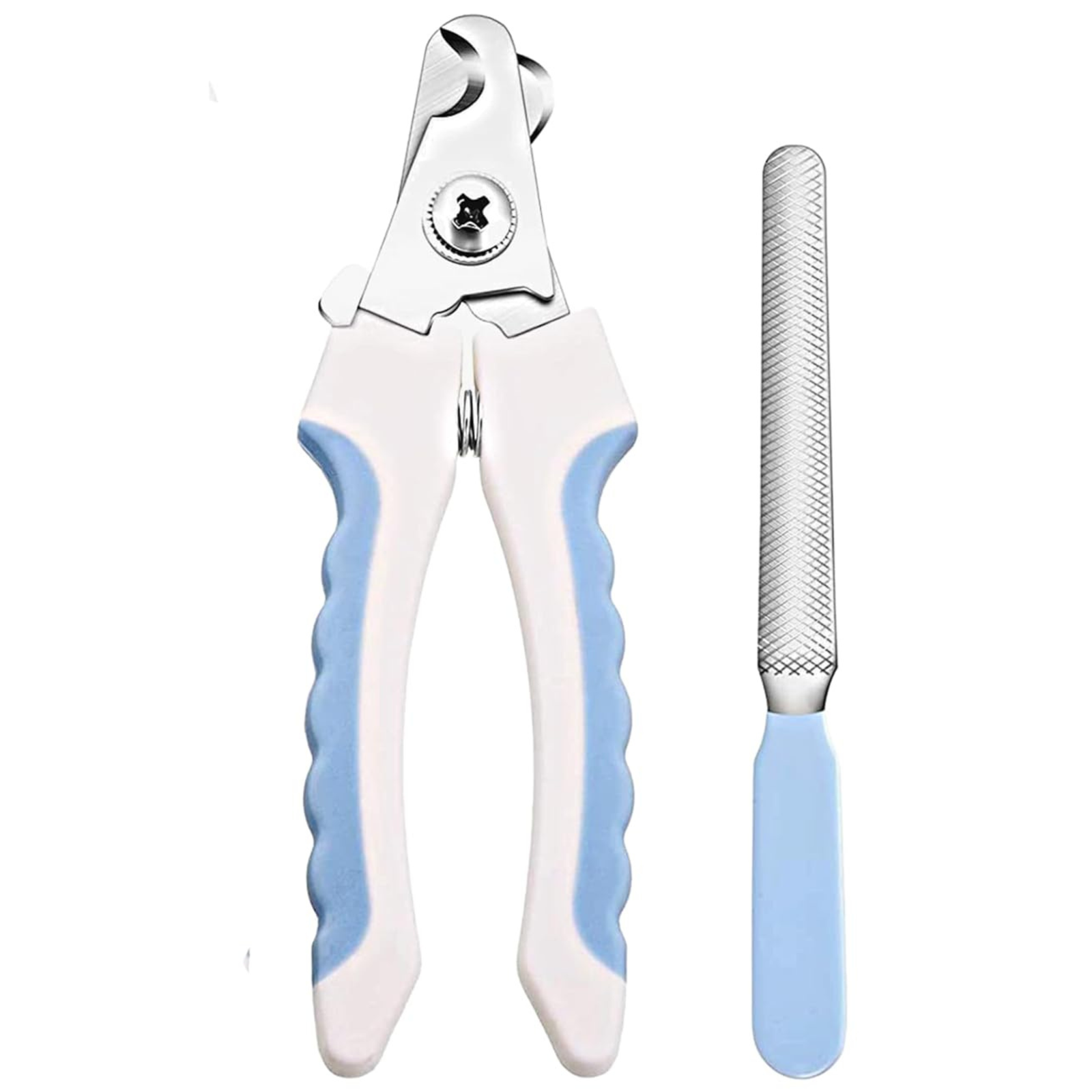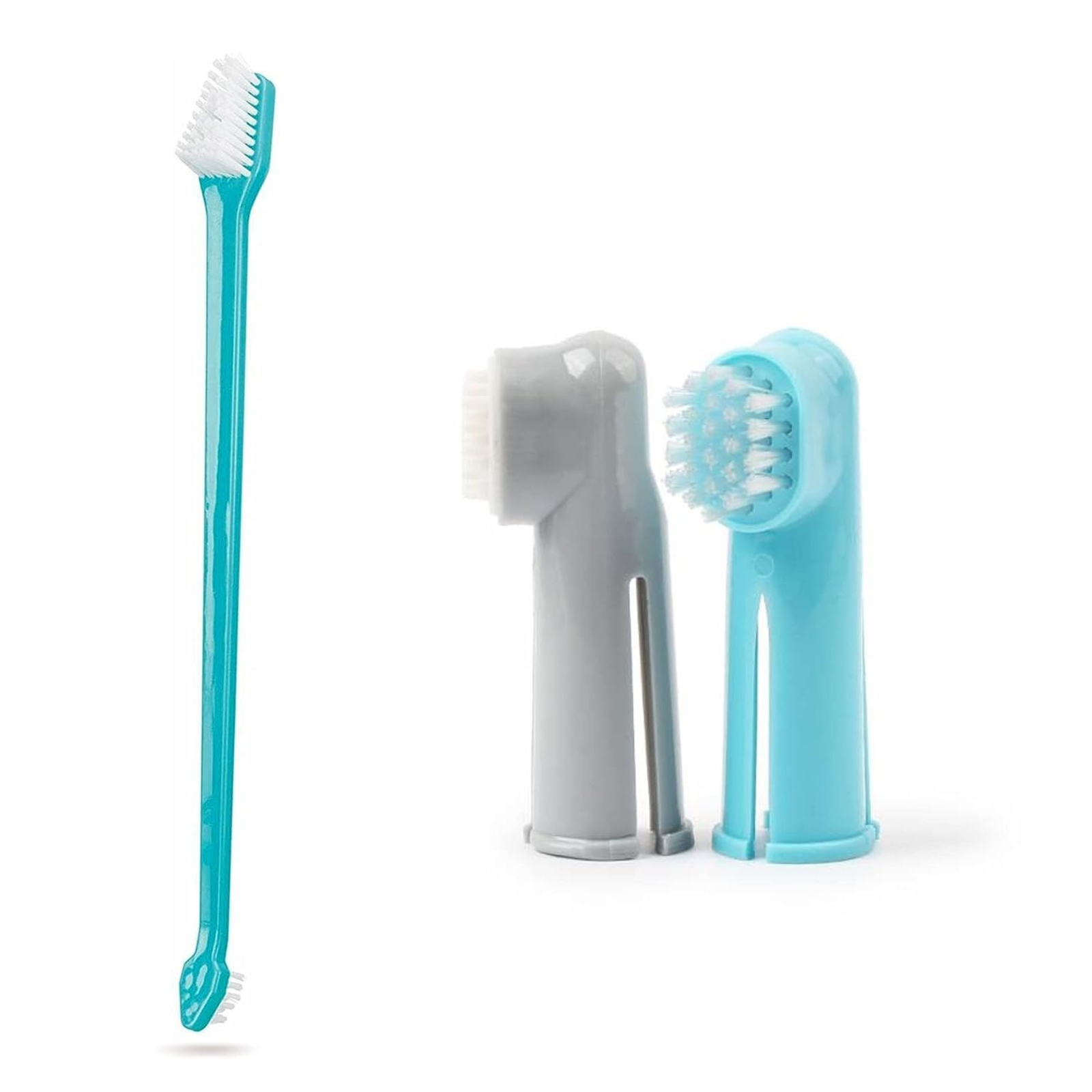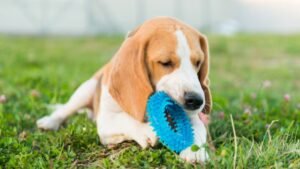






Maintaining proper pet hygiene is essential for preventing infections, ensuring comfort, and promoting overall well-being. A clean pet is a healthy and happy pet, free from common hygiene-related issues such as skin infections, parasites, dental diseases, and unpleasant odors. Pet hygiene goes beyond regular bathing—it includes brushing, dental care, nail trimming, ear cleaning, and the right hygiene products to keep your furry friend feeling and looking their best.
Neglecting hygiene can lead to serious health complications such as fungal infections, bad breath, matted fur, ear mites, and even internal diseases. Implementing a consistent hygiene routine using the best grooming products ensures that your pet stays clean, comfortable, and protected from illness.

Brushing is one of the most crucial aspects of pet hygiene, as it helps to remove dirt, loose fur, and debris while stimulating natural oil production to keep the coat healthy. Depending on your pet’s coat type, you should choose the right brush and brushing frequency:
Best Grooming Products for Brushing:
✔ Slicker brush for detangling
✔ Deshedding brush for heavy shedders
✔ Bristle brush for smooth coats
Regular brushing reduces shedding, prevents hairballs in cats, and keeps the fur free of dust and allergens.
Bathing removes dirt, bacteria, and excess oils from your pet’s skin and coat. However, overbathing can strip essential oils, leading to dry skin and irritation. Bathing frequency depends on the pet’s breed and lifestyle:
Best Hygiene Products for Bathing:
✔ Hypoallergenic pet shampoo (for sensitive skin)
✔ Medicated shampoo (for skin conditions)
✔ Dry shampoo (for in-between baths)
Always use lukewarm water and pet-safe shampoo to avoid irritation.

Overgrown nails can lead to discomfort, posture issues, and mobility problems. If your pet’s nails click against the floor, it’s time for a trim.
How often should you trim your pet’s nails?
✔ Every 3-4 weeks for most pets
✔ Indoor cats may need trimming every 2-3 weeks
✔ Active outdoor pets may naturally wear down their nails and require less frequent trimming
Best Nail Care Products:
✔ Pet nail clippers (scissor-style for large dogs, guillotine-style for smaller pets)
✔ Nail grinders for smooth edges
✔ Styptic powder to stop bleeding if the quick is accidentally cut
Trimming your pet’s nails prevents painful cracking, infections, and unnecessary strain on joints.
Certain breeds, particularly those with floppy ears (Cocker Spaniels, Basset Hounds, Golden Retrievers), are prone to ear infections due to trapped moisture and wax buildup. Cleaning your pet’s ears regularly prevents fungal and bacterial infections.
How to Clean Your Pet’s Ears Safely:
✔ Use a vet-approved ear-cleaning solution
✔ Apply the solution to a cotton pad or gauze and gently wipe the outer ear
✔ Avoid inserting cotton swabs deep into the ear canal
Best Hygiene Products for Ear Care:
✔ Vet-approved ear wipes
✔ Antiseptic ear cleaner
✔ Drying ear powder for moisture-prone pets
If your pet has red, inflamed ears, excessive wax, or an unusual odor, consult a vet.

Dental hygiene is one of the most overlooked aspects of pet care, but it’s crucial for preventing bad breath, gum disease, and oral infections. Poor dental hygiene can even lead to serious health conditions, including heart and kidney disease.
How to Maintain Good Pet Dental Hygiene:
✔ Brush your pet’s teeth 2-3 times a week using pet-friendly toothpaste
✔ Provide dental chews and toys to help remove plaque
✔ Schedule professional dental cleanings as needed
Best Dental Hygiene Products:
✔ Enzymatic pet toothpaste (never use human toothpaste)
✔ Finger toothbrush or pet toothbrush
✔ Dental chews and oral water additives
A clean mouth prevents tartar buildup, reduces bad breath, and ensures a healthier pet overall.
Read Also : Chew to a Healthier Smile: The Best Pet Toys for Dental Health!
Pet Grooming Tips: Keeping Your Furry Friend Happy and Healthy
To make grooming and hygiene maintenance easier, investing in high-quality hygiene products is key. Here are must-have pet hygiene essentials:
✔ Shampoo & Conditioner – Choose a product that suits your pet’s skin type (anti-itch, hypoallergenic, medicated).
✔ Deshedding Brush – Helps control excess shedding, reducing fur on furniture and clothing.
✔ Paw Wipes & Cleaning Sprays – Useful for quick cleanups after walks.
✔ Flea & Tick Prevention Products – Keeps your pet free from parasites.
✔ Pet-Friendly Grooming Wipes – Perfect for cleaning fur and paws between baths.
By avoiding these mistakes and following a structured hygiene routine, pet owners can ensure their furry friends remain clean, comfortable, and healthy.
Proper pet hygiene is not just about appearance—it’s about ensuring long-term health and comfort. By following these essential grooming tips and investing in high-quality hygiene products, pet owners can keep their pets clean, fresh, and free from infections. A well-groomed pet is a happy, confident, and healthier companion.
Grooming frequency depends on breed and coat type. Short-haired pets need grooming weekly, while long-haired pets require daily care.
No, human shampoos can irritate a pet’s skin. Always use a pet-specific shampoo for safe cleaning.
Regular brushing, a proper diet, and deshedding tools help control shedding.
Every 3-4 weeks to prevent overgrowth and discomfort.
A healthy coat is shiny, smooth, and free from dandruff or bald spots.




